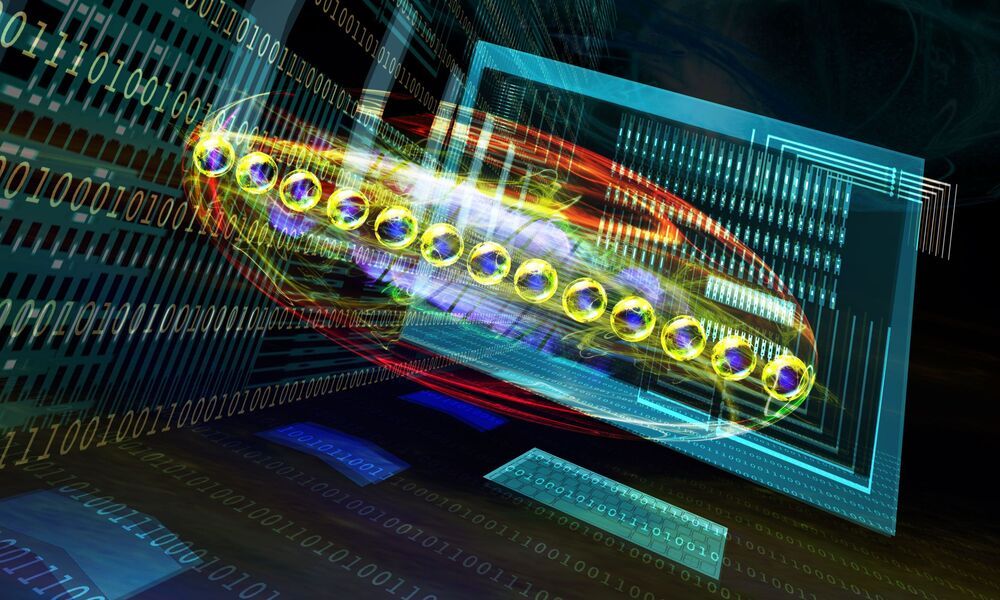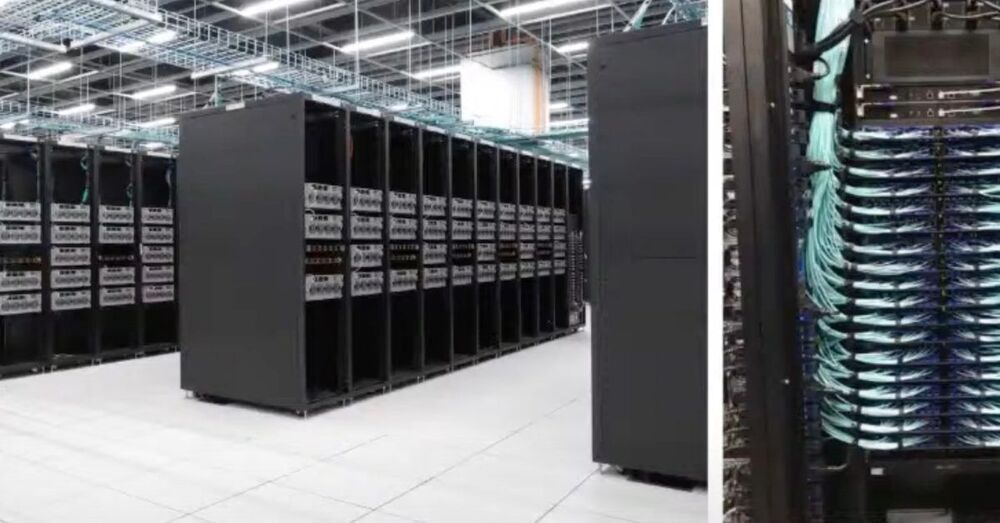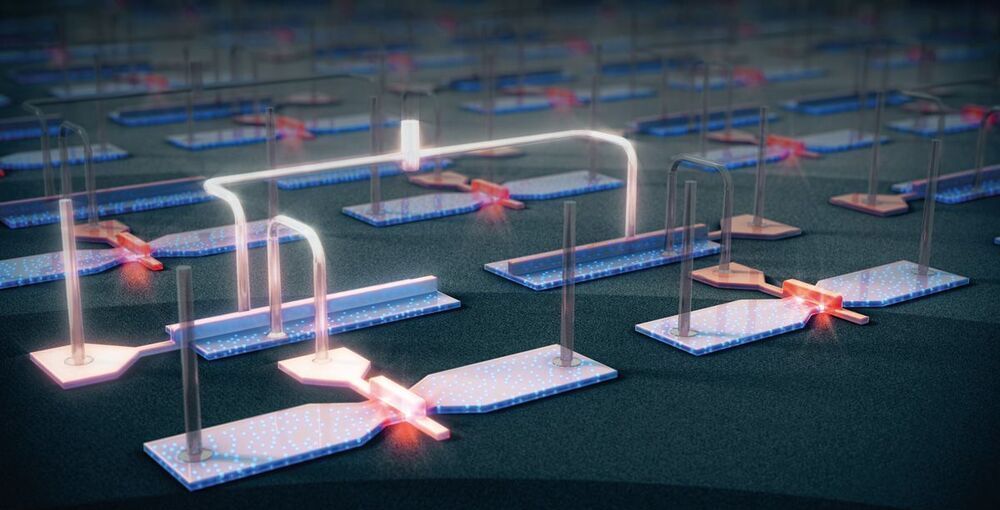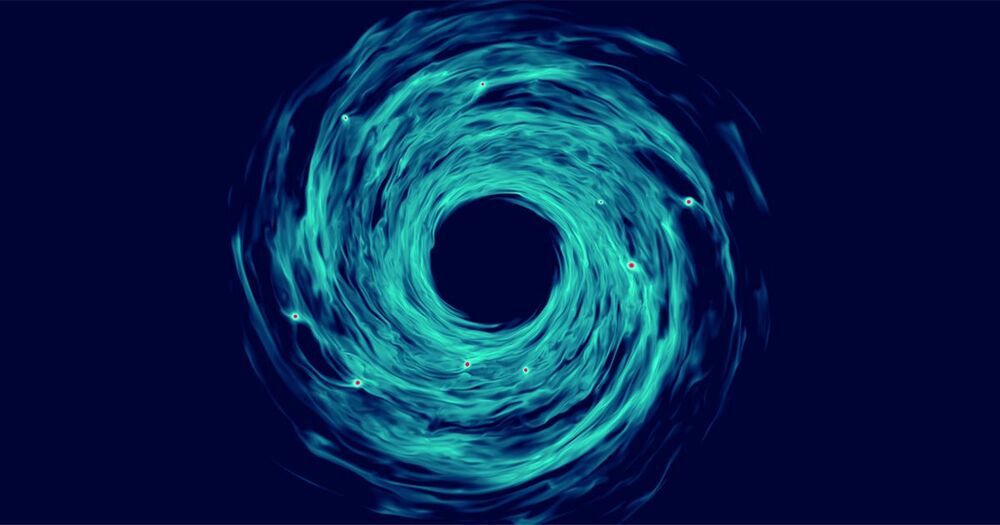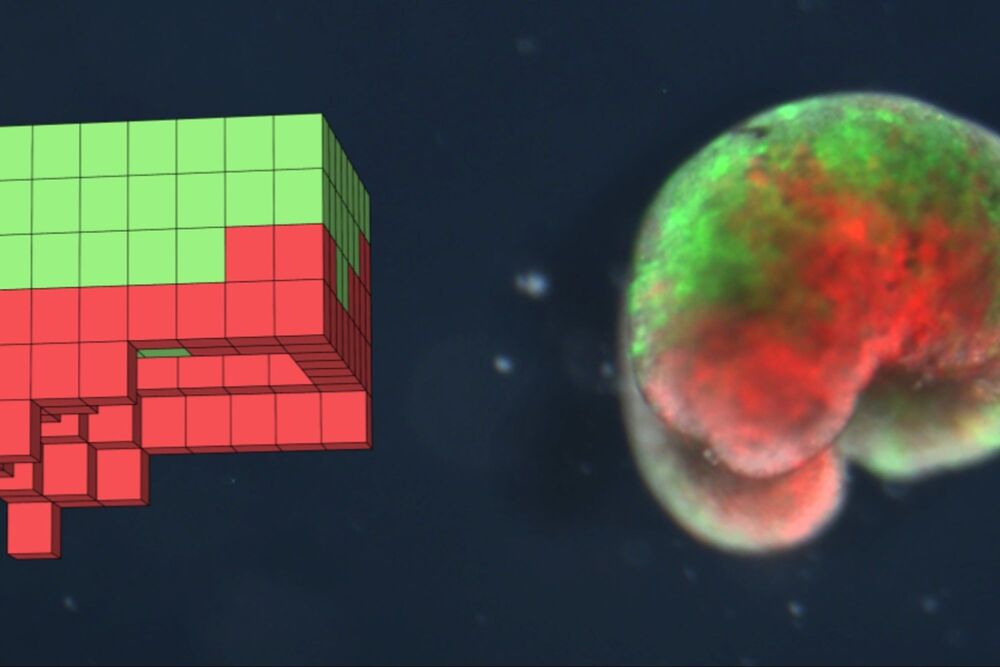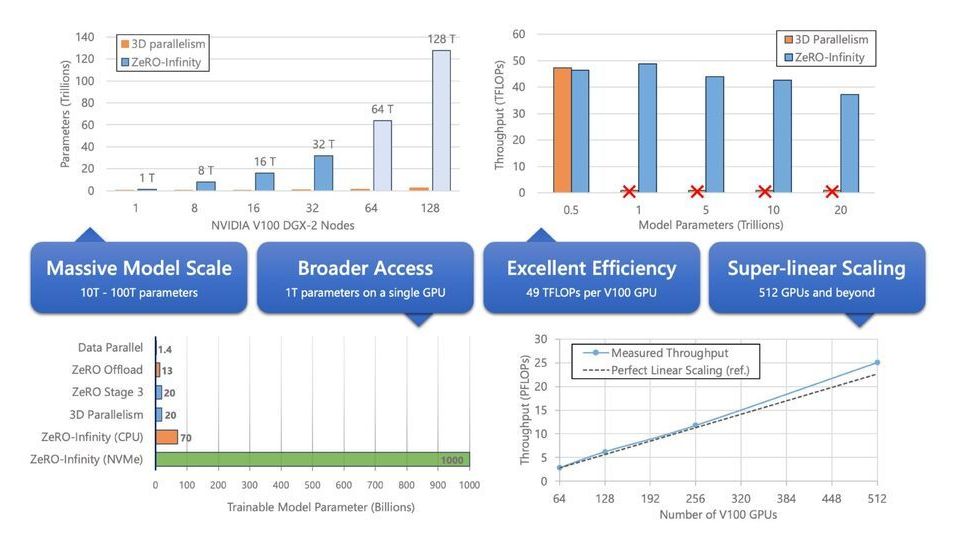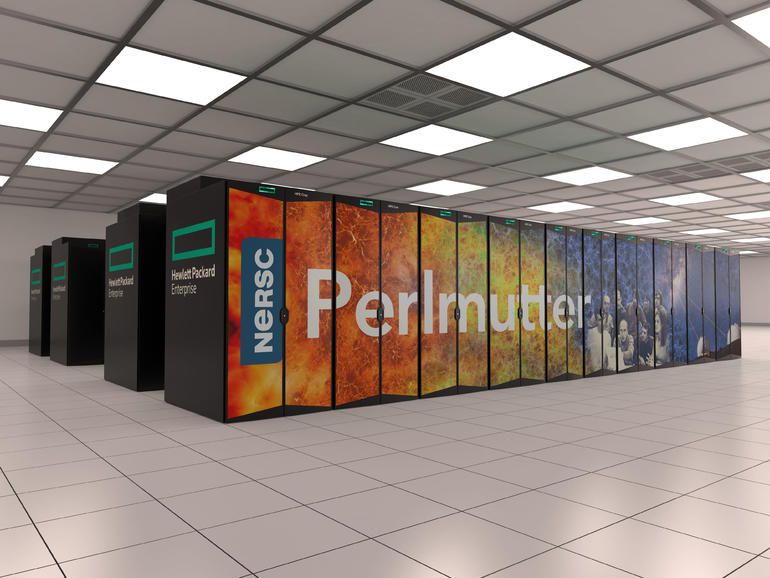University of Innsbruck researchers have developed a method to make previously hardly accessible properties in quantum systems measurable. The new method for determining the quantum state in quantum simulators reduces the number of necessary measurements and makes work with quantum simulators much more efficient.
In a few years, a new generation of quantum simulators could provide insights that would not be possible using simulations on conventional supercomputers. Quantum simulators are capable of processing a great amount of information since they quantum mechanically superimpose an enormously large number of bit states. For this reason, however, it also proves difficult to read this information out of the quantum simulator. In order to be able to reconstruct the quantum state, a very large number of individual measurements are necessary. The method used to read out the quantum state of a quantum simulator is called quantum state tomography.
“Each measurement provides a ‘cross-sectional image’ of the quantum state. You then put these cross-sectional images together to form the complete quantum state,” explains theoretical physicist Christian Kokail from Peter Zoller’s team at the Institute of Quantum Optics and Quantum Information at the Austrian Academy of Sciences and the Department of Experimental Physics at the University of Innsbruck. The number of measurements needed in the lab increases very rapidly with the size of the system. “The number of measurements grows exponentially with the number of qubits,” the physicist says. The Innsbruck researchers have now succeeded in developing a much more efficient method for quantum simulators.
